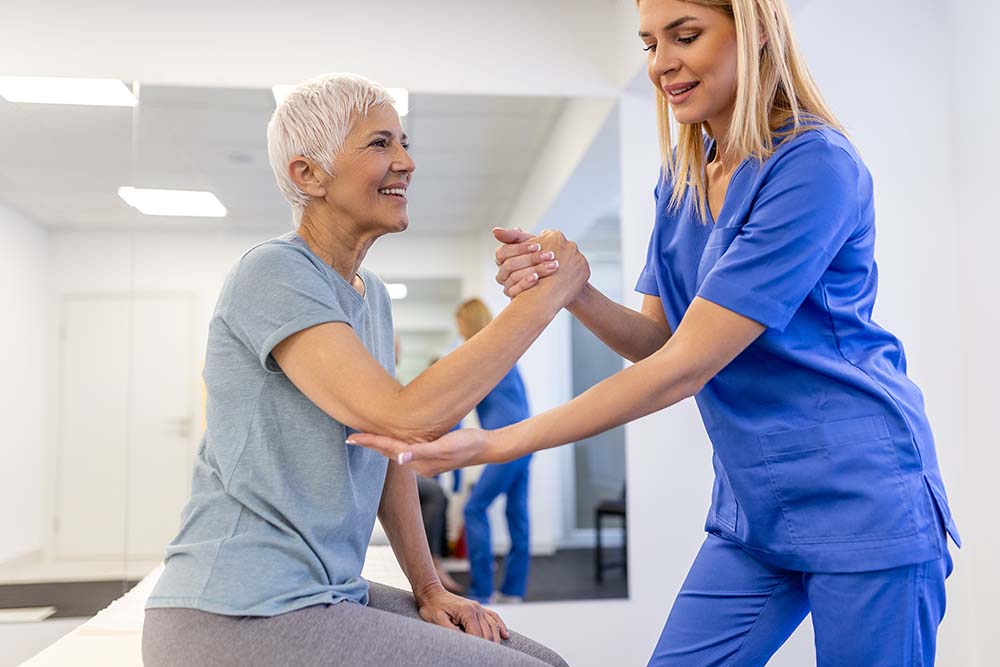Grasping the Techniques to Physiological Treatment to Better Recovery plus Rehabilitation
Grasping the Techniques to Physiological Treatment to Better Recovery plus Rehabilitation
Blog Article
Physiological rehabilitation is an significant component of healing and recovery for numerous people. This aids patients regain vigor, enhance mobility, and lessen discomfort subsequent to traumas or operations. There are approaches to bodily rehabilitation, each crafted to satisfy the distinct requirements of clients. Grasping these diverse methods can help people form knowledgeable choices about their healing process.
One typical approach to bodily treatment is hands-on therapy. Such technique includes physical therapy by a physiological therapist to adjust muscles and connections. Hands-on therapy can aid relieve soreness, improve vascular health, and increase mobility. Practitioners may employ methods such as massage, joint mobilization, and elongation to assist individuals recover. Such technique is commonly beneficial for those with skeletal problems, such as spinal pain or arthritic conditions, as it centers on the physical components of recovery.
A different significant technique is therapeutic movement. This approach includes targeted activities crafted to boost power, equilibrium, and coordination. Physical specialists develop tailored physical activity programs based on the patient's situation and goals. Such exercises can range from basic movements to increasingly complex exercises. Therapeutic movement is essential for regaining power after an incident and preventing additional problems. It also aids individuals recover confidence in their physical capabilities, which is vital for complete healing.
Water-based therapy is another effective approach that uses liquid to support in rehabilitation. This approach takes advantage of the buoyancy of water, which reduces the impact on joints and allows for easier movement. Patients can perform exercises in a pool, making it a great option for those with limited movement or soreness. Aquatic therapy can help improve vigor, mobility, and resilience while delivering a nurturing setting for rehabilitation. It is especially beneficial for patients healing from surgery or those with persistent soreness problems.
In conclusion, knowledge and personal management are essential components of physical treatment. Bodily practitioners not just offer therapy but additionally instruct clients about their situations and how to manage them. This comprises grasping physical function, posture, and the importance of being involved. With equipping patients with information, practitioners assist them take an active role in their healing. Such method encourages clients to persist their recovery outside care meetings, leading to improved enduring outcomes.
In conclusion, physical therapy offers diverse methods to enhance healing and recovery. Hands-on rehabilitation, rehabilitative movement, pool treatment, and education Click Here all play significant functions in assisting clients regain their vigor and movement. Each technique is customized to meet the individual demands of clients, providing a holistic approach to rehabilitation. Through grasping these different approaches, patients can more successfully manage their recovery process and strive towards achieving their healing objectives.